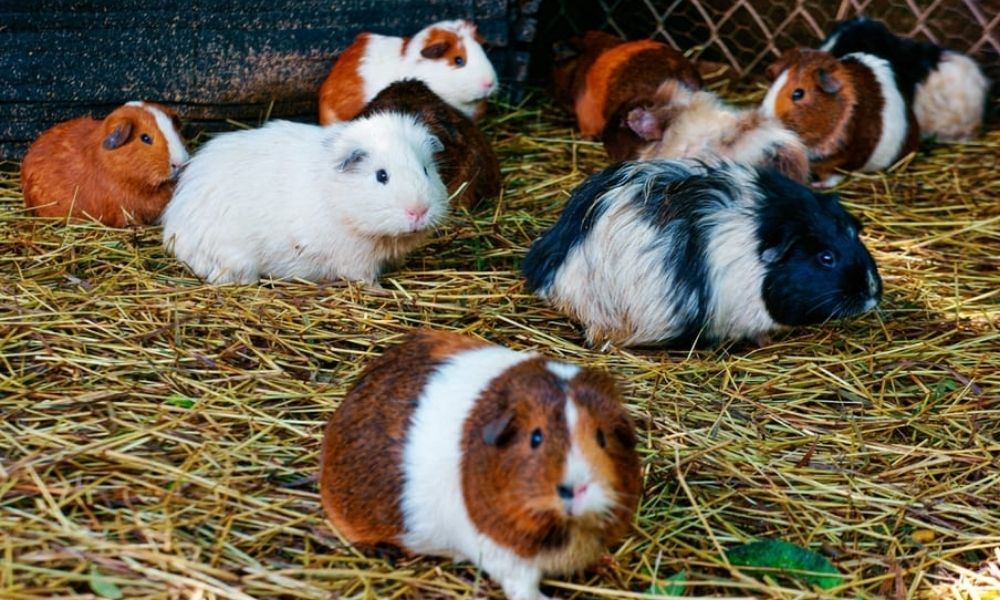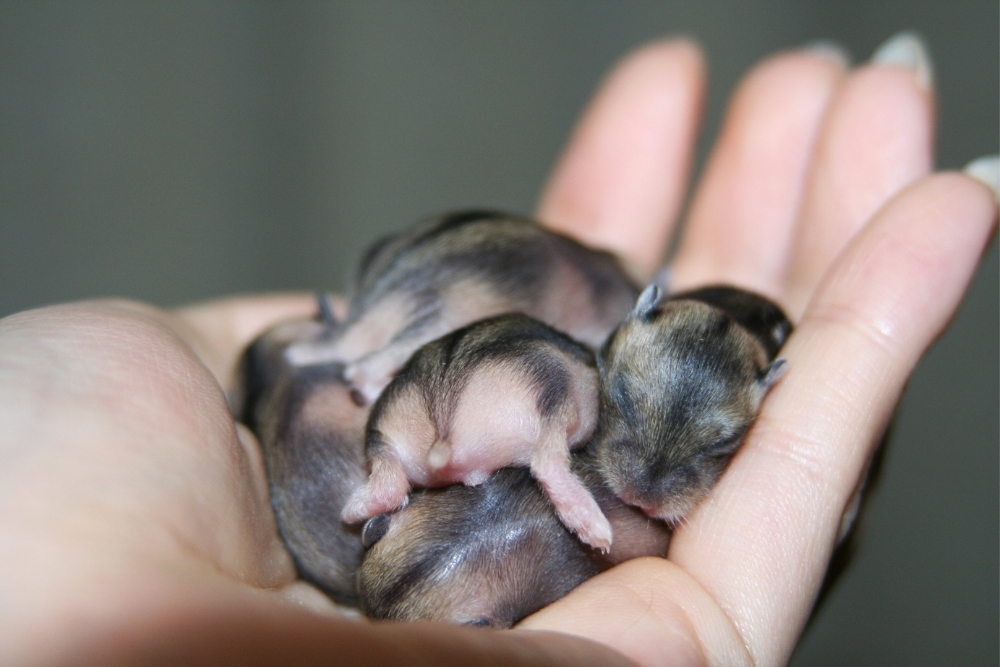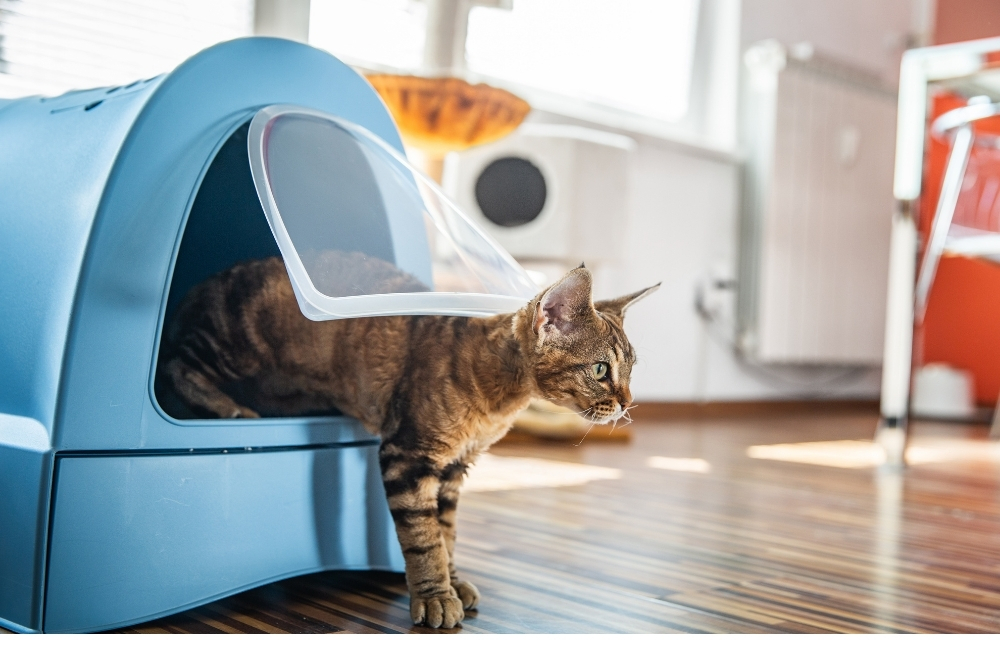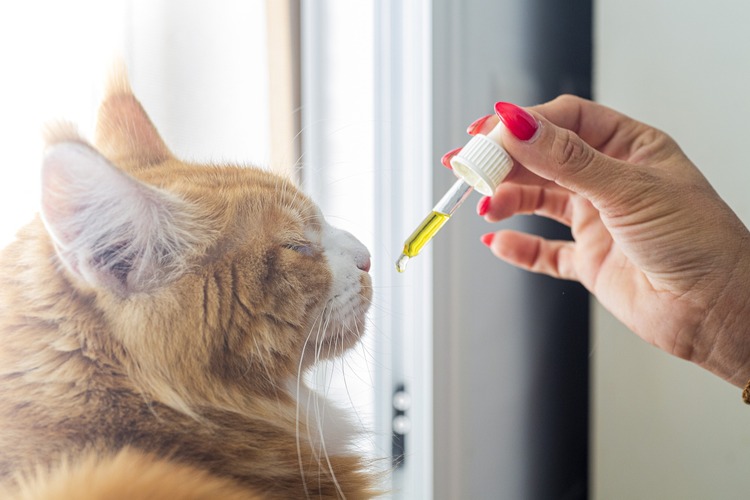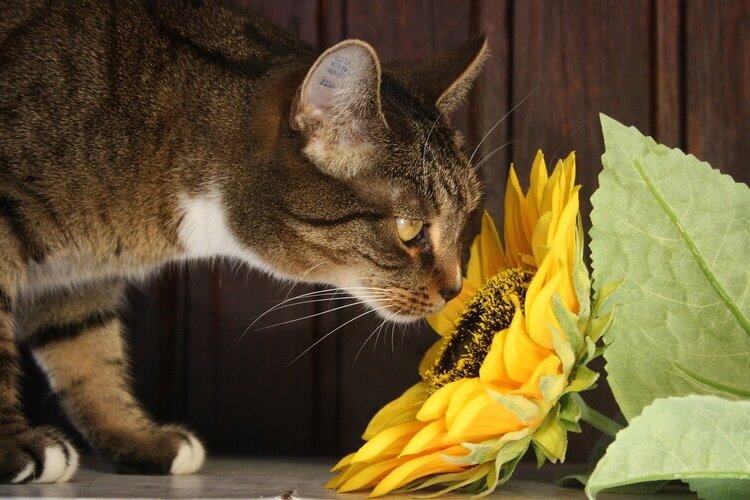Hamsters are fast breeders, which means they have very short gestation periods. This is usually about a month or so. Hamsters will always start to breed at 6 to 7 weeks and if you are keeping both your male and female hamsters in one cage, chances are that she actually is pregnant.
To tell if your hamster is pregnant, you need to observe the behavior and appearance of your female hamster. It is very important to prepare and equip yourself effectively.
Signs a Hamster is Pregnant
Below are the tell-tale signs that will help you know your female hamster is pregnant.
1. Increased physical activity
A pregnant hamster will display signs of hyperactivity. She might start hoarding food and hiding it under its nest. Apart from this, the pregnant hamster starts to prepare the bedding area and might use chips to add to an already existing nest.
2. Increased appetite
An increase in appetite happens just a few days after conception. If the pregnant hamster gains weight you can be able to recognize this as a probable sign of pregnancy. The hamster baby bump may not be visible until 4 to 5 days before giving birth.
The main reason your hamster is eating more is to ensure her babies get the required nutrients. She also requires a lot of strength enough for birth. You must ensure your hamster gets the necessary energy needed by making a daily diet consisting of high protein and fat.
3. Increased thirst
Has your hamster started to suddenly drink more water than usual? Excessive thirst can be linked to pregnancy in female hamsters. However, increased thirst can sometimes be a sign of gastrointestinal problems caused by fruits and vegetables, so seeking veterinary advice if unsure is the right thing to do.
4. Territorial and protective behavior
Pregnant hamsters feel very vulnerable when they are pregnant, making them very territorial for the entirety of the pregnancy period. You need to also observe how your hamster relates with other hamsters in the cage. A pregnant hamster is always on edge and very protective. If she fights with the others while protecting her nest, she could be expecting.
5. Increased aggression
Check to also see how she responds when you try to handle her. If she is reluctant and lashes out to bite you once or twice, she might be pregnant and uncomfortable being held. If this happens, you should minimize your interaction with her as much as possible.
6. Enlarged & darkened nipples
A week before the hamster babies are born, your hamster’s nipples will be protruding from her stomach. These nipples are always clearly visible in all hamsters apart from the particular long-haired species. You can also find the nipples to be darkened meaning chances are your pet hamster is pregnant. Towards the end of the pregnancy, you might feel some movements in her belly.
Related: How to Tell if Your Dog is Pregnant
How to Care for a Pregnant Hamster
You should make arrangements as soon as you realize that your hamster is pregnant. The first thing you do is isolating her from other hamsters.
If you are relocating your hamster because she is pregnant, you need to prepare a few things before the due date arrives. The following is a simple list of things you should cater for in such a case.
1. Preparation of hamster cage
You need to pay special attention to the cage space, the type of nesting material, and the exercises your hamster does. This is important in ensuring your hamster becomes a successful mother. There are very many materials that you can use to set up your hamster’s cage.
Firstly, you need to put space enough to give her a choice on where she wants to put her nest. You can put up a wheel for running or she can walk around for exercise. As soon as the babies mature to 4 weeks they will also need much more space of their own. Nowadays you can purchase hamster houses in pet supply stores online.
Secondly, the nesting material should always be clean and fresh. Make bedding about 8cm or more in height. Pick soft materials that are not pricky or hard. Since you will not be cleaning the cage in a while because the young pups are very vulnerable you have to use large amounts of bedding material.
You can add a few things that she can chew and nest with. Some include yarn fabrics, toilet paper, and paper towel tubes which she uses to make nesting materials. Keep in mind that the pregnant hamster obsesses on the nests and might have a few around the cage before deciding which one they would rather use.
2. Creating a special diet
Since your female hamster is eating for many, you need to always provide sufficient food and water. You can put two weeks’ worth of food in the cage. Remember that she needs to take a high intake of protein and fat. This can be found in boiled eggs, chicken, lamb blocks, and more. Foods high in water like cucumber and cabbage are also suitable for a pregnant hamster.
Apart from the usual nutritional hamster foods in pet supply stores, you can add special treats. These include giving her sizeable bites of vegetables and fruits. Hand-feeding is encouraged to help in creating a bond of trust and friendship with your pet. This makes it easy to handle her and the babies in the long run. Lastly, you should place two water bottles in the cage so that she has enough to last the two weeks.
3. Socializing with your hamster
Your hamster might develop a mood due to the fact that she is pregnant. Most times she will not allow you to handle her and might bite back if pressured. If she is isolating herself in her cage, it is important to let her be. This will last even after her babies are born but your hamster might return to her usual self once the babies are fully weaned and grown.
4. Babyproof the hamster cage
You have to remove items that can potentially cause harm to the hamster pups or the mother. These include any hazardous items like sand baths, tubes, and wheels. The pups can get suffocated by the sand and also get lost in the pipes. The wheel may act as a distraction for the mother hamster and she may abandon taking care of her puppies. If there are any elevated platforms, remove them before the pups unintentionally injure themselves.
FAQs About Hamster Pregnancy
Let’s answer a few frequently asked questions about pregnant hamsters.
1. How long is a hamster pregnant for?
The period a hamster can be pregnant for varies depending on the breed and the physical state of the mother. For golden hamsters, young puppies are birthed after 16-18 days while dwarf hamsters take close to 21- 22 days. Syrian Hamster pregnancy lasts for 16 to 17 days in comparison to the Chinese and Siberian breeds that take about 23 days. On the other hand, the Campbell Russian hamster’s pregnancy lasts for 18 to 20 days.
2. Can a hamster have a miscarriage?
Hamsters can get a miscarriage due to multiple factors including when the fetus dies in the womb, malnutrition, lack of sufficient heat in the cage, injury to the mother, stress, and sudden fright. A veterinarian may provide hormone therapy to your hamster to treat the bleeding disorder. To manage and prevent issues related to the breeding and reproduction of hamsters, it’s best to seek assistance from a certified veterinarian.
3. Do hamsters go in heat while pregnant?
Hamsters will not go on heat while pregnant. A hamster in the heat usually makes it clear that she is finally ready for mating. She might release a strong smell to attract suitable mates. She may also be aggressive when you try to handle her while on heat. This is evident when she spreads her legs and flattens the back.
4. At what age do hamsters start breeding?
Hamsters can reach sexual maturity as soon as a month to six weeks after being born. Therefore, after they have weaned, the pups should be separated from each other and their mothers. The best time for a hamster to have puppies is usually 10 weeks to 15 months old.
5. What time of day do hamsters give birth?
The time of birthing directly relates to the time of mating and conception. Syrian hamsters who mate in the evening give birth before those that mate in the morning. As for dwarf hamsters, they will always birth at night. Give your hamster privacy and a quiet surrounding for the process. Mothers and puppies should not be touched for at least a week after the litter is born.
Conclusion
Knowing the signs that indicate a hamster is pregnant is very important because hamsters are delicate pets susceptible to stress, more so during pregnancy. Once you realize your hamster is pregnant, provide the best care which includes a balanced diet, enough water, clean living space, and make sure the cage is placed in a quiet room with enough daylight but not direct sunlight. In case you have any worries then do not hesitate to seek the help of your local veterinarian.

